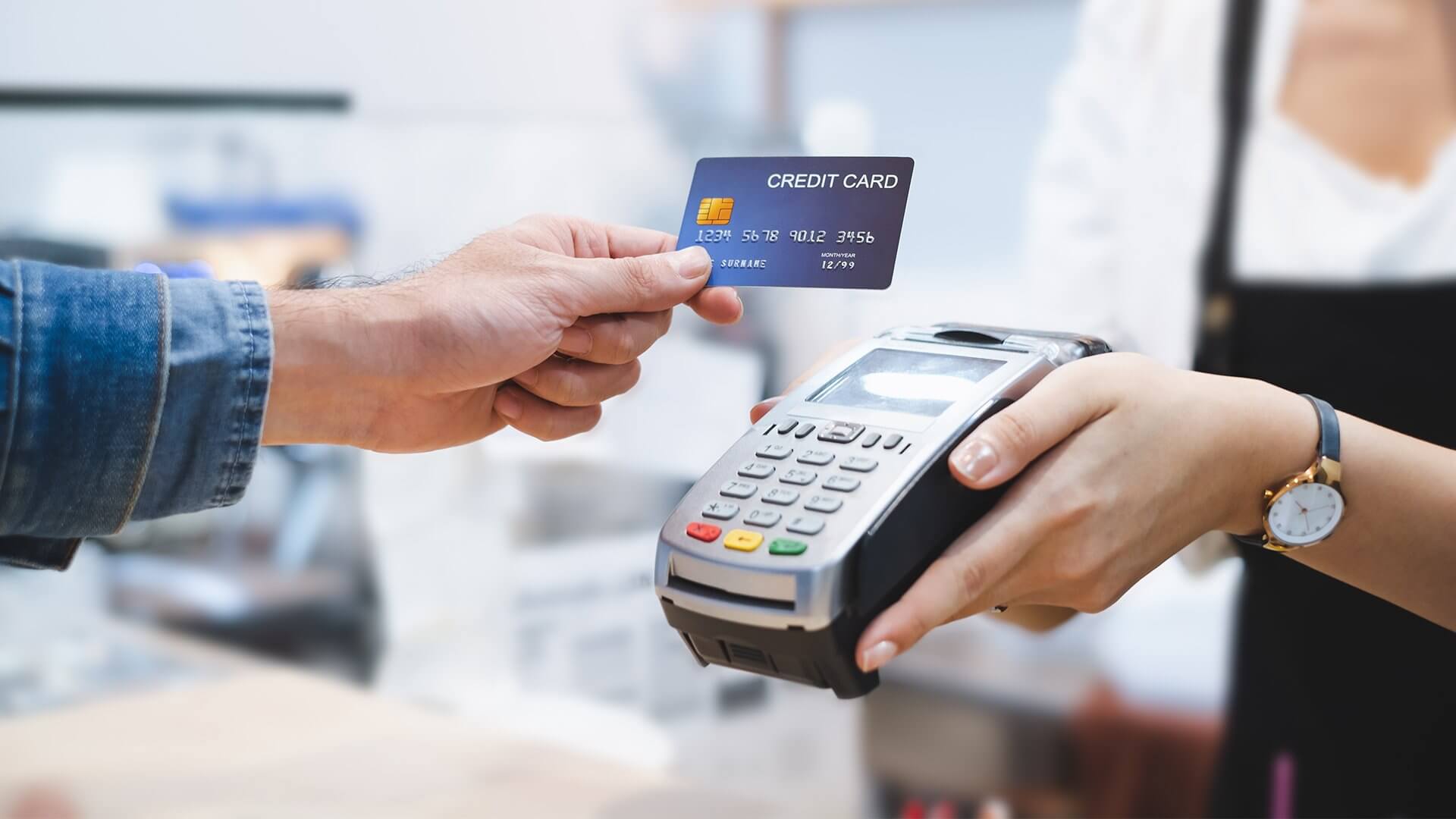Indeed, handling on-time credit card payments can be a challenging task, especially when you are managing multiple cards every month. That is why you need to understand the correct credit card processing technique. It isn’t as complex as you might think!
The following guide explains 8 simple steps of managing credit payment processing. Through the guide, you’ll understand the end-to-end credit payment processing flow. Not only it benefits your business, but it also helps you make on-time credit card payments in the future. So, let’s begin!
#1 Initiating The Credit Card Purchase
As soon as you find a product you like, you make a purchase decision, right? First, decide whether you are buying it on credit or not. If yes, it’s time to initiate the credit card purchase. You can use a credit card at any merchant outlet. But make sure that you have an adequate credit balance left to complete the purchase. After checking all that, now choose a suitable online payment gateway.
#2 Choosing The Transaction Method
Are you purchasing with a credit card in-house or online? If you are using the card for a physical purchase, let the accountant swipe the credit card using a secure credit card reader. Now, enter the transaction amount manually using the card reader’s virtual terminal.
You can choose any hosted payment gateways for online transactions, including:
- Mobile/Net Banking: Login to your bank’s account through Mobile/Net Banking and utilise the registered credit card to make the online payment.
- Visa/MasterCard Payment: Whether you have a Visa or MasterCard, you can use any credit card from any finance merchant for online purchases.
- eCommerce Payment App: You can use any eCommerce Payment App, such as WebPay, CRED or any other, to make an online credit card payment.
Once you choose the suitable method, enter the transaction amount and move towards the next step of credit card payment processing.
#3 Transmitting The Transaction Data
Once you enter the transaction amount, the data transmission process gets auto-initiated. This process is secure as the credit card merchant ensures your data gets encrypted before the transmission. Next, the terminal gateway requests approval from the POS system of the secure payment gateway. Once it connects to the processing network, it successfully transfers sensitive transaction information to the end terminal. It uses P2PE or point-to-point encryption to protect any transaction-related sensitive information. This method complies with the PCI security standards and ensures zero data loss during data transmission.
#4 Authorising The Transaction
Undoubtedly, merchants of different credit cards follow other authorisation procedures. However, the end goal is to ensure secure transaction data transmission to prevent data loss. The credit card issuer confirms the following details:
- Credit card validity
- The transaction amount
- Cardholder’s name
- Available credit limit
Once your transaction data is transmitted, it’s up to the credit card online issuer to either approve or decline your transaction request.
#5 Responding To Transaction Approval/Decline
The online payment gateway receives an authorisation response from the credit card issuer. The authorisation response depicts whether the credit card transaction was approved or declined. The transaction amount gets debited from your credit card when it gets approved.
#6 Completing The Transaction
How to know if the transaction was successful? Once the online merchant completes the credit card payment, you’ll receive a payment receipt through SMS and email. The payment receipt is sent to the registered email ID and mobile number. In case you do not receive any of that, check the credit card statement through net banking or mobile banking. This way, you can determine whether the transaction was successful.
#7 Submitting The Closure Request
After successful transaction completion, the eCommerce merchant processes your order for packaging and delivery. The merchant also closes the credit card payment process from the back end. This way, you can know that you have completed the online payment procedure and the eCommerce merchant has received the funds from the processor’s acquiring bank.
#8 Depositing The Funds
The eCommerce merchant requests the credit card issuer’s acquiring bank to confirm the deposited funds. Generally, it takes up to 48 hours or two working days for the funds to get credited to the merchant’s business account. The merchant gets notified about the funds’ deposit accordingly.
Why Should You Understand Credit Card Processing?
Understanding credit card processing steps helps you efficiently manage your business’s credit card payments. As a business owner, you should accept credit card payments from your customers to improve business sales. It also makes it convenient for customers to buy and pay online!
Accepting credit cards help improve the business’s cash flow and profitability. Today, you can offer your customers more online payment options through credit! Indeed, this speeds up the credit payment process with a better understanding of the transaction flow.





Be First to Comment